Aged Care 360: News Corp launches campaign to sort out aged care mess
Australians have slammed the state of the aged care industry, calling for greater transparency. It comes as News Corp launches a campaign to dissect the failings exposed by COVID-19.
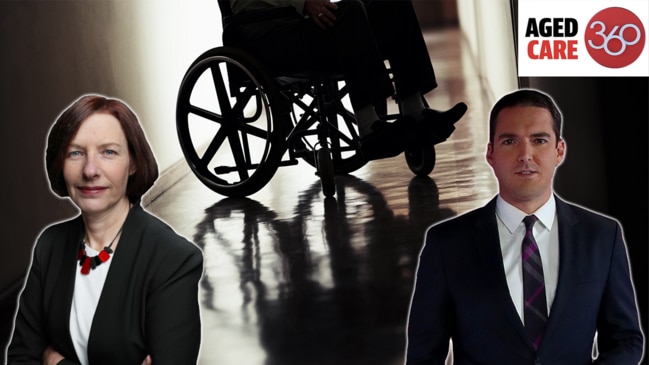
Coronavirus
Don't miss out on the headlines from Coronavirus. Followed categories will be added to My News.
- Aged Care 360: Lifting the lid on Australia's aged care sector
- Maserati and a mansion: Aussie aged care owner quits
Australians have lashed out at the aged care sector, labelling it an “utter disgrace” and an example of “failed privitisation” as a new campaign is launched to fix the mess.
It comes amid called for forensic accountants to be brought in to scrutinise the financial records of residential aged care homes and their wealthy owners, as the $44 billion residential aged care industry claims that it is going broke.
The devastating COVID-19 death toll of elderly Australians in aged care facilities has exposed the growing crisis in the system which a Royal Commission has found neglects rather than cares for our most vulnerable.
News Corp Australia today launched Aged Care 360 – a special investigation bringing experts, those on the frontline and the families of those in aged care — together to dissect the sorry mess and offer solutions.
The investigation has found taxpayers have no visibility on how the tens of billions of dollars they provide to the sector is spent and whether its getting to the people who need it – the residents.
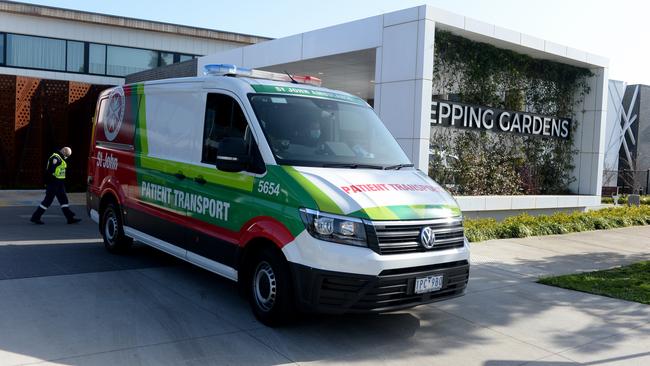
News Corp Australia readers slammed the state of the industry today.
“What an utter disgrace! People becoming filthy rich at the expense of the care, dignity, quality of life and, in fact, the deaths of many residents! My wife worked in aged care for 15 years. None of this surprises her,” one reader wrote.
Another said: “Sadly, as much as we all condemn government for many things, this is what happens when private enterprise takes over. Many call themselves ‘not for profit’ but their execs get huge salaries while those doing the manual work and the residents miss out
Last year, Centre Alliance Senator Stirling Griff introduced a bill into federal parliament that would have required aged care homes to report similar information, it was fought by the industry and blocked in the Senate by the Coalition and One Nation.
One reader believed it “might be the right time to give the Bill requiring detailed reporting another run”.
They weren’t the only one who thought greater transparencey would be in the interest of the public.
“Each and every aged care provider should provide annually details of how much of their funding goes to overheads and how much actually gets to the ground floor of service provision. List management numbers and their salaries, how many managers are provided with motor vehicles and motor vehicle running costs and how much this is worth, the value of any other benefits received (eg. entertainment allowances), publish the ratio of nursing staff and carers to numbers of patients in individual facilities and so on,” another reader wrote.
News Corp Australia asked major aged care providers to tell us how much taxpayers’ money they received last year, how much they spent on staff and food and where the rest of the money went.
Just Estia supplied a detailed response, while another two provided very general responses. The remainder did not respond.
Monash University’s Head of Health Law and Ageing Research Unit Professor Joseph Ibrahim – who is a member of our Aged Care 360 panel – has called for forensic accountants to be engaged to scrutinise just how Australian residential aged care facilities (RACFs) spend their money.
The industry receives more than $13 billion a year in government subsidies, on top of the $4.3b it gets from resident payments and the $27.5b it hold in bonds.
Accounting firm Stewart Brown which conducts quarterly surveys in around 1000 aged care homes nationally found 60 per cent of them are losing an average of $2313 per resident per year, rising to $3646 in regional areas and $5098 in remote areas.
The News Corp investigation found aged care homes currently receive an average $93,000 per resident per year but we can’t track how that is spent.
Before changes in 1997, aged care homes had to account to the federal government for funding they received, prove it was spent on nursing and food and any surplus had to be returned to the government.
Accounting firm Stewart Brown concedes in the year to March the top 25 per cent of aged care homes made an average profit before tax of around $8544 per bed per year.
Just over half (56 per cent) of aged care providers are not-for-profit a third (36 per cent) are for-profit providers and 8 per cent are public providers.
Private providers including Regis Aged Care reported a profit of $50.89m in 2019, Japara $16.433m but in 2020 it posted a net loss of $292m after writing off goodwill.
Estia made a $117m loss in 2019 but still paid out $20 million in dividends to shareholders. BUPA made a $70m loss in 2019 and a loss of $66 million to June 2020.
And it’s the for-profit homes that are the least likely to meet standards with only four per cent of them classed as “top quality” by researchers which reported to the Royal Commission.
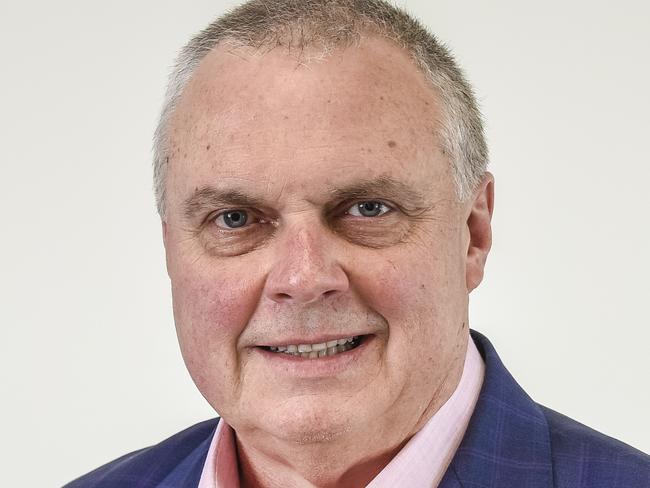
The same research found profit homes they had the highest proportion of facilities in the “poor quality” group.
A series of detailed financial analyses of the industry by the Centre for International Corporate Tax Accountability and Research (CICTAR) found it’s almost impossible to understand where the funding for aged care goes.
“Several of the largest family-owned aged care companies, owned by some of Australia’s richest families, have complex corporate structures, intertwined with trusts. Despite receiving an average of nearly $60,000 per year per resident there is very limited public information available on these companies,” researcher Jason Ward, who is on our Aged Care 360 panel, said in the report.
MORE NEWS
Queensland aged care Rich Listers ‘worth $342m’ as sector cries poor
Shocking neglect: Nursing home shame as nine fail govt audits
Cash-strapped church launches luxury real estate fire sale
Church’s $650k bailout despite nursing home sell-off
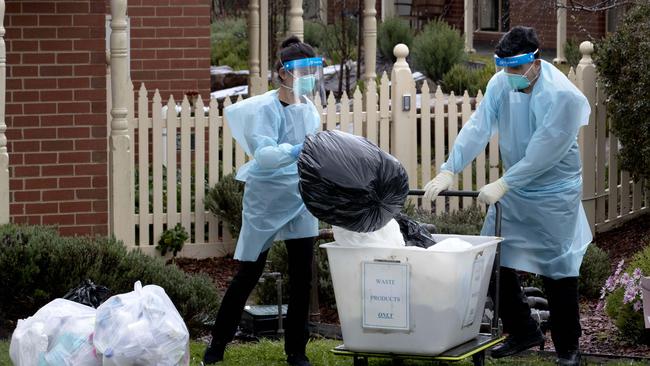
TriCare, one of the largest residential aged care providers in Queensland, is owned by the O’Shea family through Norfolk Island, which was until 2016 a tax haven and is still exempt from capital gains tax, the report said.
This company owns not a single aged care home on the island but receives almost as much taxpayer funded aged care revenue as the island’s entire GTP.
Last year BUPA a leading aged care provider paid the Australian Taxation Office $157m with no admission of liability after settling a long-running dispute.
It is also in the process of compensating thousands of aged residents who were charged for extra services it never provided.
PROVIDERS COY ON TAXPAYER MONEY DETAIL
Beleaguered aged care providers have defended their practices saying their government funding is spent on their residents and paying staff.
“The funding we receive from Government is applied directly to the care of our residents,” a Regis Aged Care spokesperson said.
The company said it submits an Aged Care Financial Report (ACFR) with the Department of Health which requires specific detailed disclosures on financial information.
Fellow provider Arcare said: “All of the entities referred to are subject to an annual audit and are fully compliant with our financial reporting obligations to ASIC and the Commonwealth of Australia.”
Estia Health which employs more than 7500 staff to care for the 8000+ elderly residents in their care, was the only facility to provide News Corp Australia with a detailed breakdown of where their money is spent.
It said from total funds of $579.9 million, approximately $400 million – or 70 per cent – was paid to employees, with at least one registered nurse rostered on each shift 24 hours a day, seven days a week, for each home.
A further $90 million was spent on medical supplies, food for residents, utilities, technology support, administration, and repairs and maintenance for the homes.

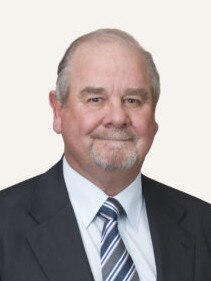
Japara said it received $307m from taxpayers, but spent $$315m on employee costs and another $39m on resident expenses.
The company posted a net loss of $292m after writing off goodwill.
Arcare said: “All of the entities referred to are subject to an annual audit and are fully compliant with our financial reporting obligations to ASIC and the Commonwealth of Australia”.
Tricare director Peter O’Shea told News Corp more than 90 per cent of TriCare’s aged care revenue is spent on the day-to-day costs of operating aged care residences.
“Staffing costs comprise approximately 75 per cent of the operating costs. Food, medical and resident supplies, electricity, building maintenance etc. comprise the other 25 per cent,” Mr O’Shea said.
“Of the surplus made from aged care each year, at least 80-90 per cent is re-invested back into aged care residences in the form of building refurbishment and construction of new buildings.”
Bupa said it received $462m in government funding to support over 6,000 residents.
“This translated to approximately $199 per day, per resident. This funding needs to cover the wages of over 8,600 staff, food, heating, cooling, cleaning, gardening, transport, entertainment etc. and compares to some $1,300 per bed night for comparable care in a private hospital,” a spokesman said.
The business was also spending around $1m a month on PPE to protect our residents and staff and were the first to offer paid COVID leave to our aged care workforce back in March.
UnitingCare Australia said its network of aged care providers “supports transparency across Australia’s aged care sector” and complies with all regulatory requirements.
Not-for-profit provider Anglicare said “at present funding is not sufficient to cover care delivery costs let alone an investment in future care improvements.”
It said it made a loss of $15.8m last financial year, including an “operating loss on our residential aged care services.”
Catholic Healthcare said it reinvests all surpluses back into the provision of care for its current and future aged care clients, having last year invested $130m in services, “funded by external loans from banks, which have to be repaid.”
Baptist Care said as a peak body “we do not have access to the data required to answer the questions” about how taxpayer funding was used”
But it said residential aged care clients were given detailed information regarding how their refundable accommodation payments will be managed.
Originally published as Aged Care 360: News Corp launches campaign to sort out aged care mess
